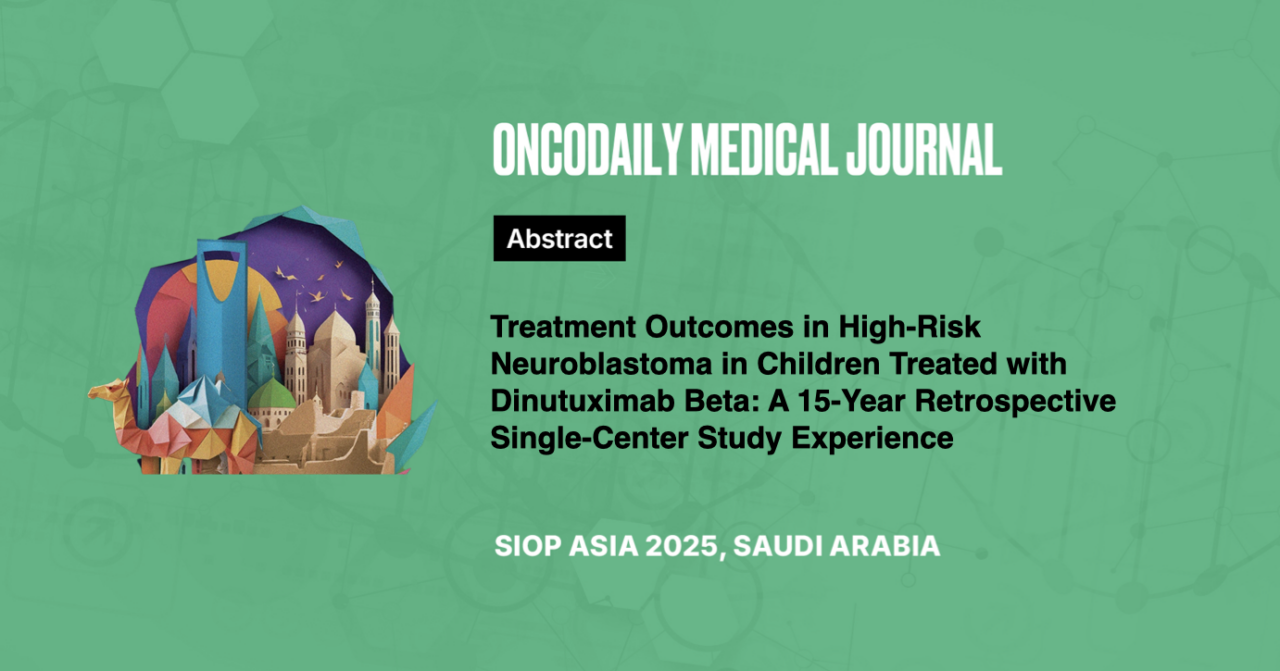Treatment Outcomes in High-Risk Neuroblastoma in Children Treated with Dinutuximab Beta: A 15-Year Retrospective Single-Center Study Experience
Abstract
Introduction: High-risk neuroblastoma remains a formidable pediatric malignancy, characterized by significant morbidity and mortality. Innovative therapeutic approaches are urgently needed to improve outcomes. Dinutuximab beta, an anti-GD2 monoclonal antibody, has shown promising efficacy in enhancing survival rates in this population. However, data from the Middle East, including Saudi Arabia, are limited.
Methodology: This retrospective observational study was conducted at King Fahad Medical City, Riyadh, Saudi Arabia, over a 15-year period (2007–2022). The study included 41 pediatric patients diagnosed with high-risk neuroblastoma. Overall survival (OS) and event-free survival (EFS) rates were analyzed to evaluate the impact of Dinutuximab beta therapy compared to a control cohort. Patient data were systematically retrieved from electronic health records.
Results: Dinutuximab beta therapy was associated with significant improvements in both OS and EFS. The mean OS in the Dinutuximab beta group was 46.88 months, with a mean EFS of 37.42 months, compared to 15.91 months (OS) and 14.85 months (EFS) in the control group. Statistical analysis using the Log-Rank (Mantel-Cox) test confirmed the survival benefit of Dinutuximab beta, with p-values of 0.001 for OS and 0.007 for EFS. Additionally, the Dinutuximab beta cohort achieved overall and event-free survival rates of 61.1% and 50%, respectively, compared to 43.5% in the control group. These findings are consistent with international studies, further validating the efficacy of Dinutuximab beta in improving outcomes for high- risk neuroblastoma patients.
Conclusion: This study demonstrates the potential of Dinutuximab beta to improve survival outcomes for children with high-risk neuroblastoma, supporting its inclusion in treatment protocols for pediatric oncology. The observed improvements in OS and EFS align with international findings, underscoring the global relevance of anti-GD2 immunotherapy in this setting. These results highlight the need for larger regional studies to confirm these findings and optimize high-risk neuroblastoma management strategies.





